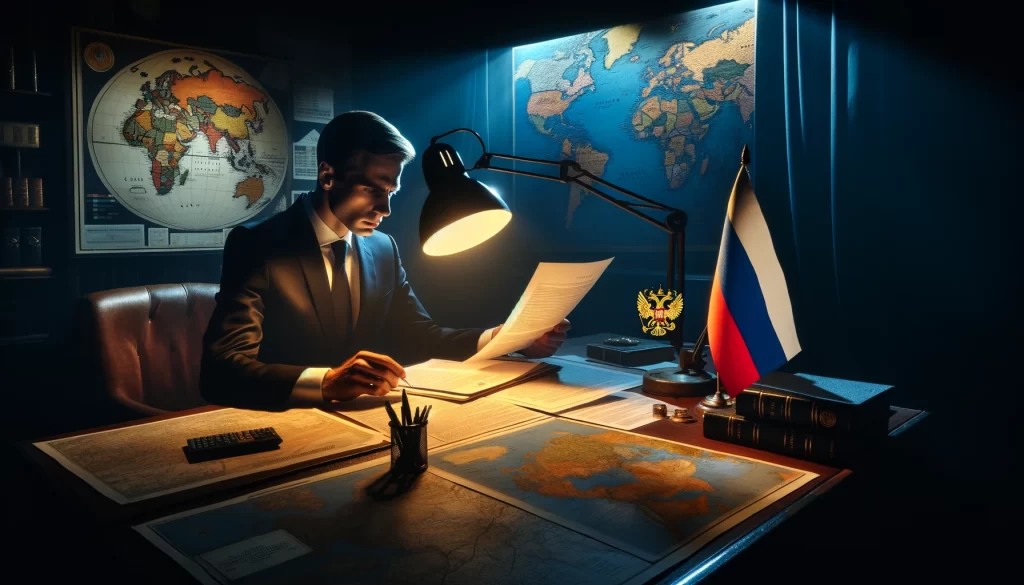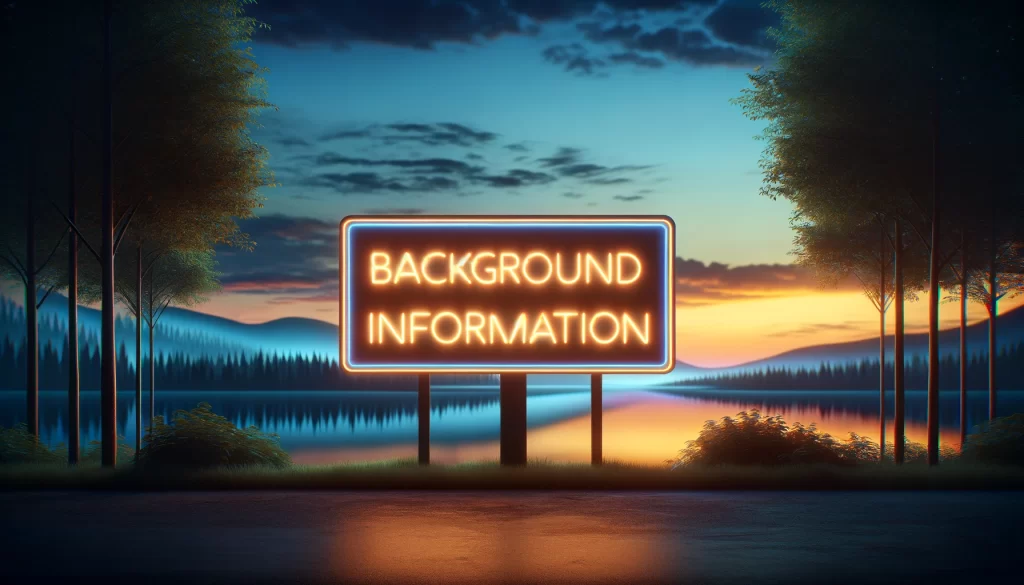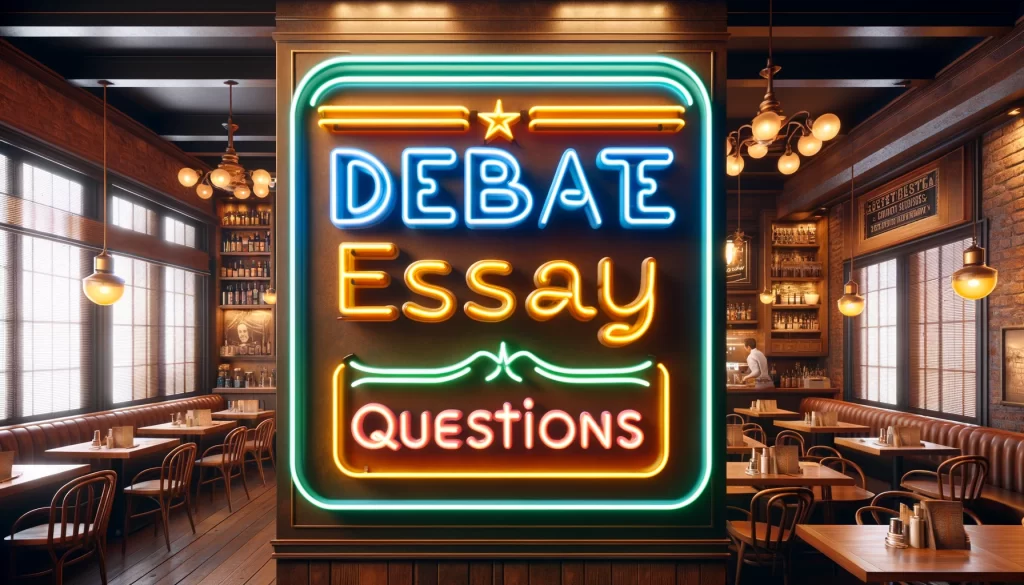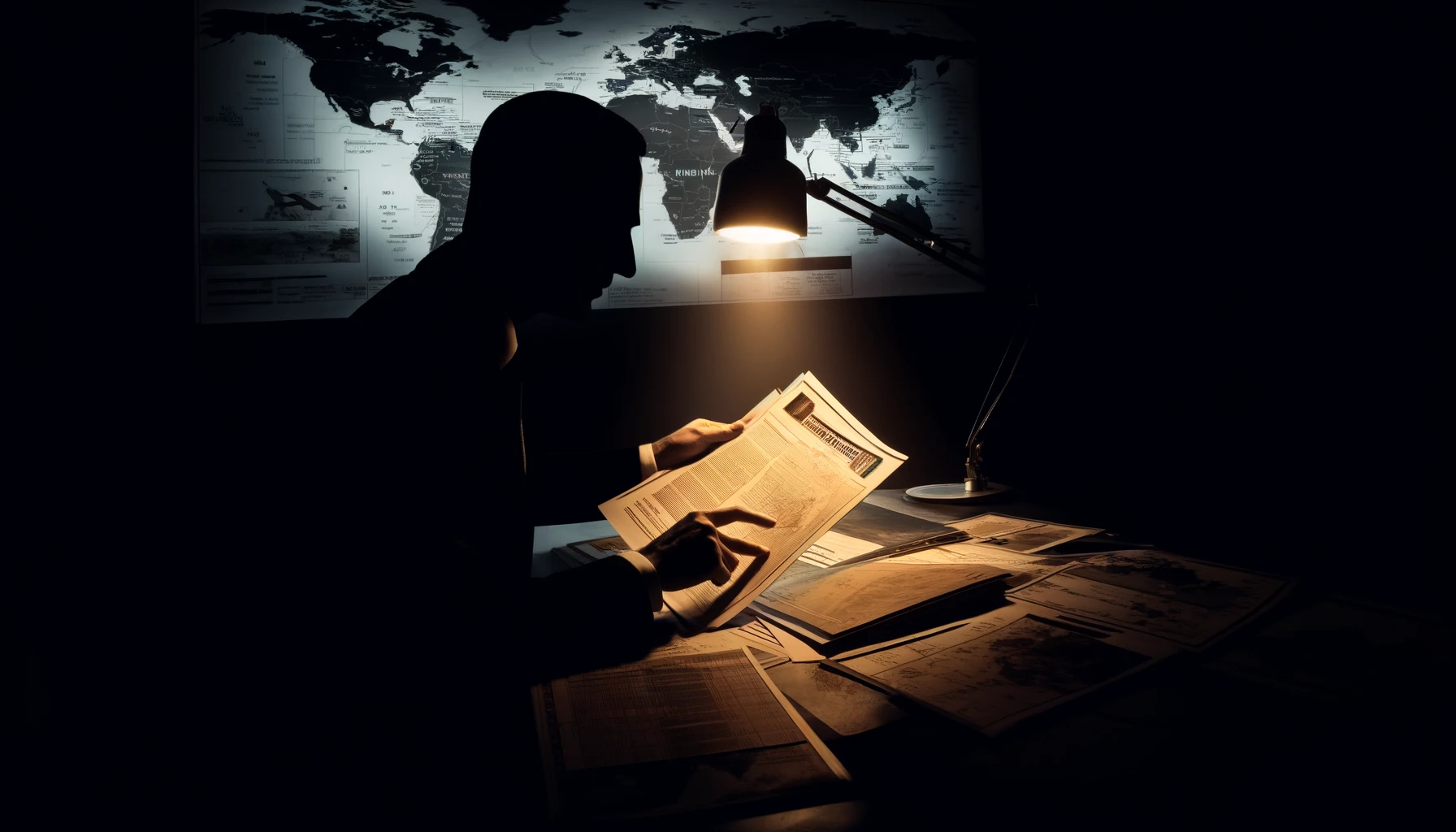In the intricate realm of international relations, countries often develop comprehensive strategies to navigate and exert influence on the global stage. Russia’s strategic intentions have been partially revealed through a confidential document from its Foreign Ministry, which delineates plans to counter Western, particularly American, influence and establish a more multipolar world order. This analysis delves into the content of this confidential document and its broader implications for global dynamics.
Overview of Russia’s Foreign Policy Framework
The document in question is a secret addendum to Russia’s publicly available “Foreign Policy Concept of the Russian Federation.” It outlines an aggressive stance against what Russia identifies as a coalition of “unfriendly countries” led by the United States. The strategy includes conducting an “offensive information campaign” and identifying vulnerabilities in these countries’ policies, both domestically and internationally, to weaken their global positions.
Public and Classified Contrasts
While the public version of the Foreign Policy Concept advocates for the “democratization of international relations” and “sovereign equality,” the classified addendum uses starkly different language. It asserts that the U.S. leads an effort to maintain its global hegemony at Russia’s expense, and that the outcome of ongoing conflicts, like that in Ukraine, will significantly influence the future global order.

Academic and Expert Analysis
The classified document and Russia’s broader strategy have been informed by input from Russian academics and policy experts who advocate for a more confrontational stance towards the West. In February 2023, a proposal from the deputy head of Moscow’s Institute for the Commonwealth of Independent States, Vladimir Zharikhin, outlined several direct measures:
- Support for Isolationist Forces in America: Zharikhin suggested that Russia should continue to encourage the rise of isolationist right-wing forces in the United States to internally disrupt political cohesion and focus.
- Destabilization in Latin America: The proposal included enabling the destabilization of Latin American countries by supporting extremist forces on both the far left and the right. This strategy aims to create regional disturbances that could distract and stretch U.S. foreign policy responses.
- European Sovereignty Movements: By backing political parties and movements dissatisfied with economic pressures from the U.S., Russia could potentially facilitate a reassertion of sovereignty in various European nations, thus weakening the cohesive influence of Western alliances like NATO.
- Conflict Stimulation in Strategic Regions: The proposal also highlighted the potential benefits of stoking conflicts in geopolitically sensitive areas such as the Middle East, particularly around Israel, Iran, and Syria. These conflicts could serve to further distract the U.S. and divide its strategic focus, while also bringing Russia closer to China by exacerbating U.S.-China tensions over Taiwan.
International Reactions and Ongoing Strategies
Russia’s strategic maneuvers, as suggested by the rejection of extended U.N. monitoring of sanctions against North Korea, illustrate a deliberate shift towards challenging the current global order. This aligns with the strategies outlined in the confidential document, signaling a proactive approach to reshaping global alliances and power structures.
Implications of Russia’s Strategic Moves
The strategic objectives and actions detailed in the classified addendum provide a clearer picture of Russia’s intentions to undermine Western dominance and foster a multipolar global order. This involves not only regional conflicts like Ukraine but also extends to broader geopolitical manipulation and alliance building.
Key Takeaways
- Strategic Objectives: Russia aims to dismantle American hegemony to foster a multipolar world order.
- Tactical Approaches: Through both overt and covert actions, Russia is seeking to exploit vulnerabilities in Western policies.
- Global Implications: The outcome of conflicts like the one in Ukraine is seen as pivotal in reshaping global power dynamics.
- Public vs. Private Dichotomy: Russia’s public foreign policy rhetoric contrasts sharply with its more aggressive, classified strategies.
This article is based on the following article:
https://www.washingtonpost.com/world/2024/04/17/russia-foreign-policy-us-weaken

Background Information
By understanding these concepts and contexts, readers can better appreciate the complexities of Russia’s strategies and motivations as outlined in the secret document and how they fit into broader global dynamics.
1. Basic Concepts in International Relations
- Global Hegemony: This term refers to the domination of one country over others at the global level. Historically, different nations have held this position; today, it is often associated with the United States.
- Multipolar World: A global system in which multiple nations have significant power to influence international events, as opposed to a unipolar world dominated by a single country.
- Diplomacy: The practice of conducting negotiations between representatives of different countries. Diplomacy is how countries manage their relationships peacefully.
- Propaganda: Information, especially biased or misleading, used to promote a political cause or point of view. This is often used by governments to shape public opinion at home and abroad.
- Sanctions: Penalties imposed by one country on another to force a change in policy. Sanctions can be economic, such as trade restrictions, or diplomatic, such as reducing embassy staff.
2. Historical Context
- Cold War (1947-1991): A period of geopolitical tension between the Soviet Union and the United States, along with their respective allies. The Cold War was marked by political, economic, and military rivalry but avoided direct military conflict between the superpowers.
- Fall of the Soviet Union (1991): The dissolution of the Soviet Union at the end of the Cold War marked a significant shift in global power structures, leading to the United States emerging as the predominant global power.
- Expansion of NATO: The North Atlantic Treaty Organization, originally created in 1949 to counter Soviet influence in Europe, expanded eastward after the Cold War. This has been a point of tension between Russia and the West, as Russia views NATO expansion as a threat to its security.
3. Recent Developments in International Relations
- Russo-Ukrainian Conflict: Relations between Russia and Ukraine deteriorated leading to Russia’s annexation of Crimea in 2014 and the ongoing conflict in Eastern Ukraine. This conflict is a significant point of contention between Russia and Western countries, particularly the United States.
- Russia’s Foreign Policy Shifts: Post-Cold War, Russia has increasingly sought to reassert its influence on the global stage and counter what it perceives as U.S. domination. This includes forming strategic alliances with countries like China, Iran, and North Korea.
- U.S. Foreign Policies: The United States’ foreign policy actions, such as sanctions against Russia and support for Ukraine, have significant impacts on Russia’s economy and its international standing.
4. Geopolitical Alliances and Influences
- China and Russia: An increasingly close relationship marked by cooperation against perceived common threats from Western policies. Both countries have collaborated on military, economic, and technological fronts.
- Influence in Latin America, Middle East, and Asia: Russia has been actively working to strengthen its relationships in these regions as part of its strategy to counter U.S. influence and gather support for a multipolar world order.

Debate/Essay Questions
- Is Russia justified in pursuing a multipolar world to counter American hegemony?
- Can the strategic alliances between Russia and countries like China, Iran, and North Korea lead to a stable global order?
- Is the expansion of NATO a defensive necessity or a provocation to Russia?
- Will the pursuit of a multipolar world lead to more global conflicts or a more equitable distribution of power?
Please subscribe to Insight Fortnight, our biweekly newsletter!
